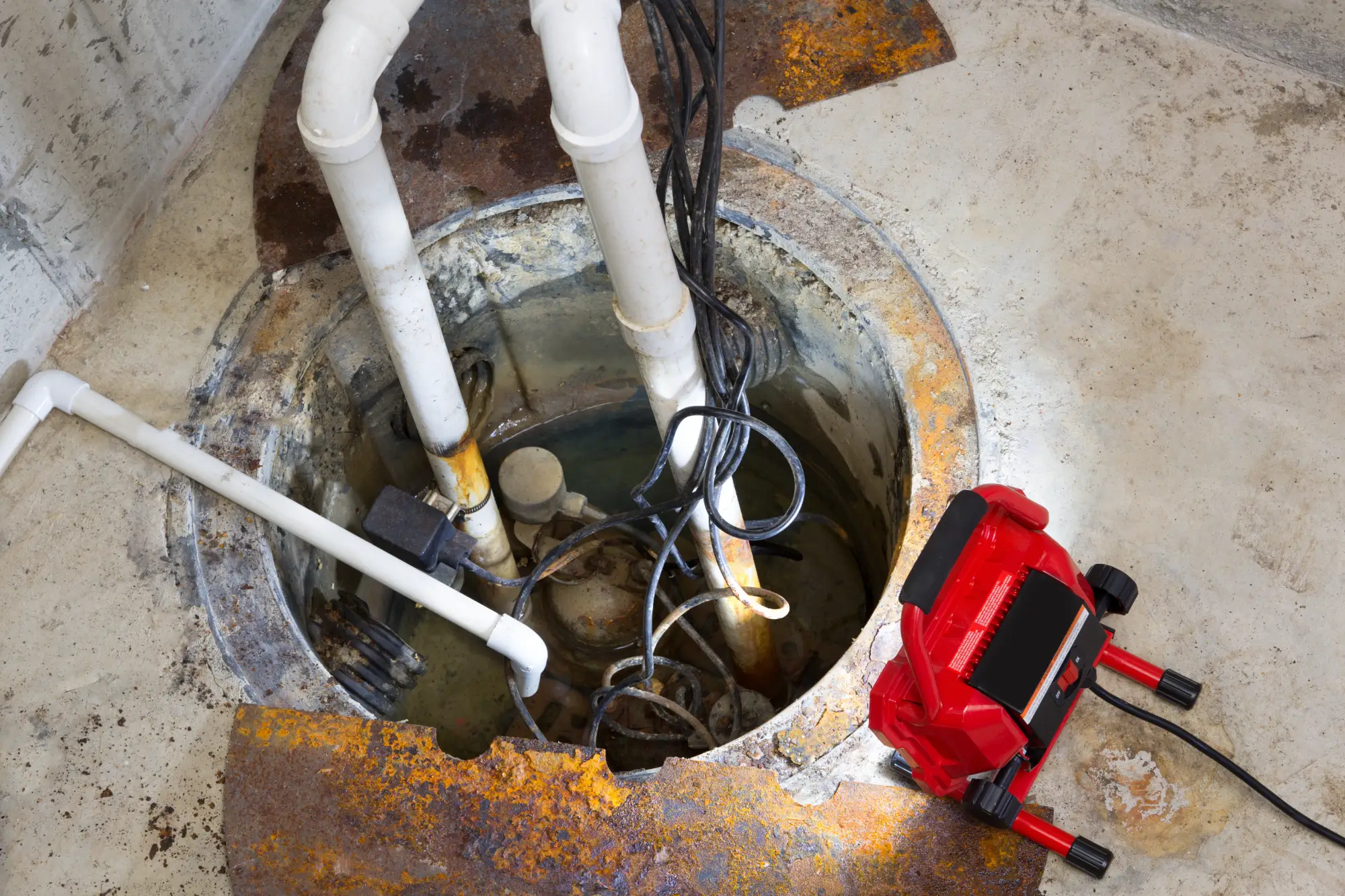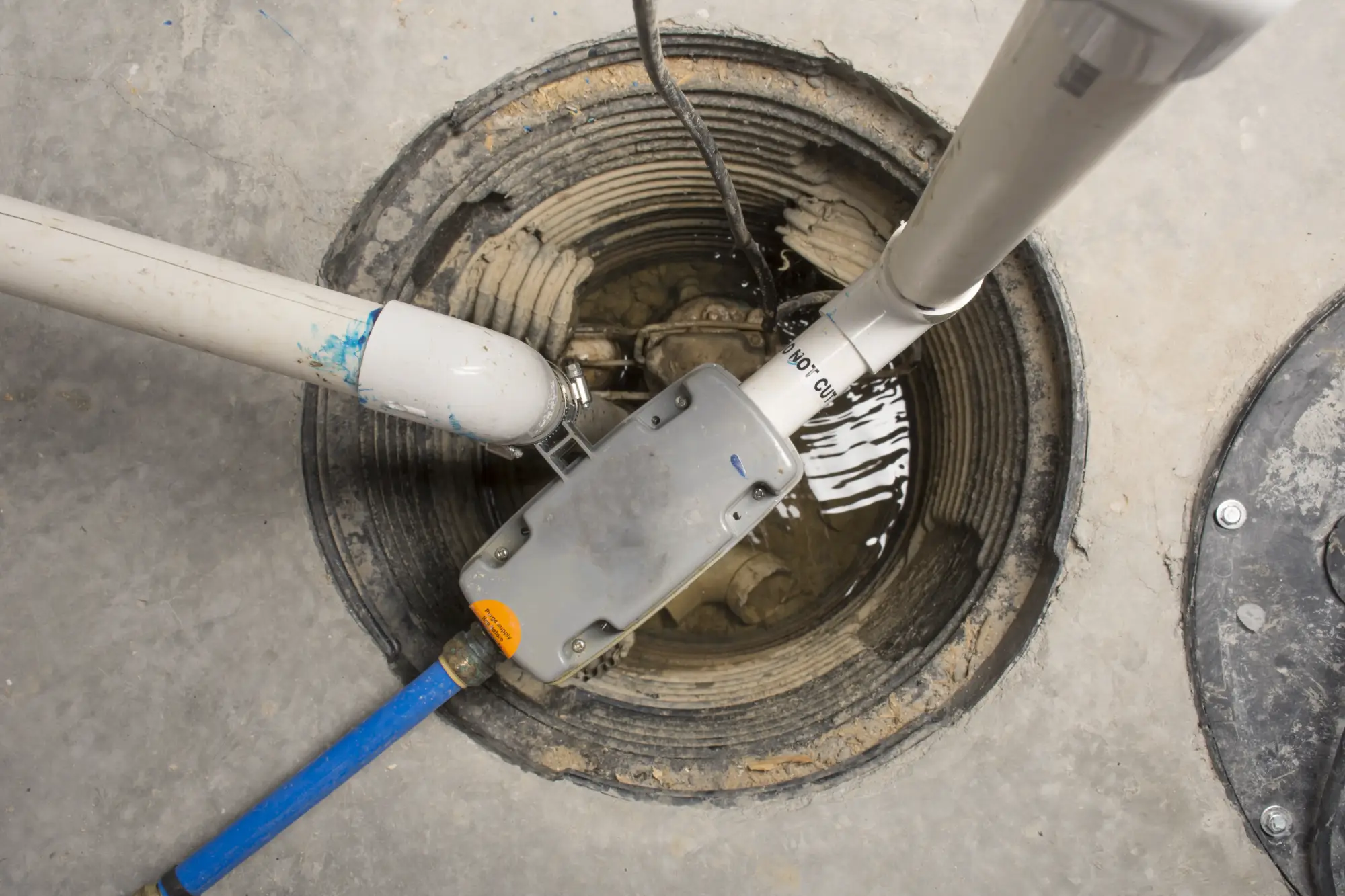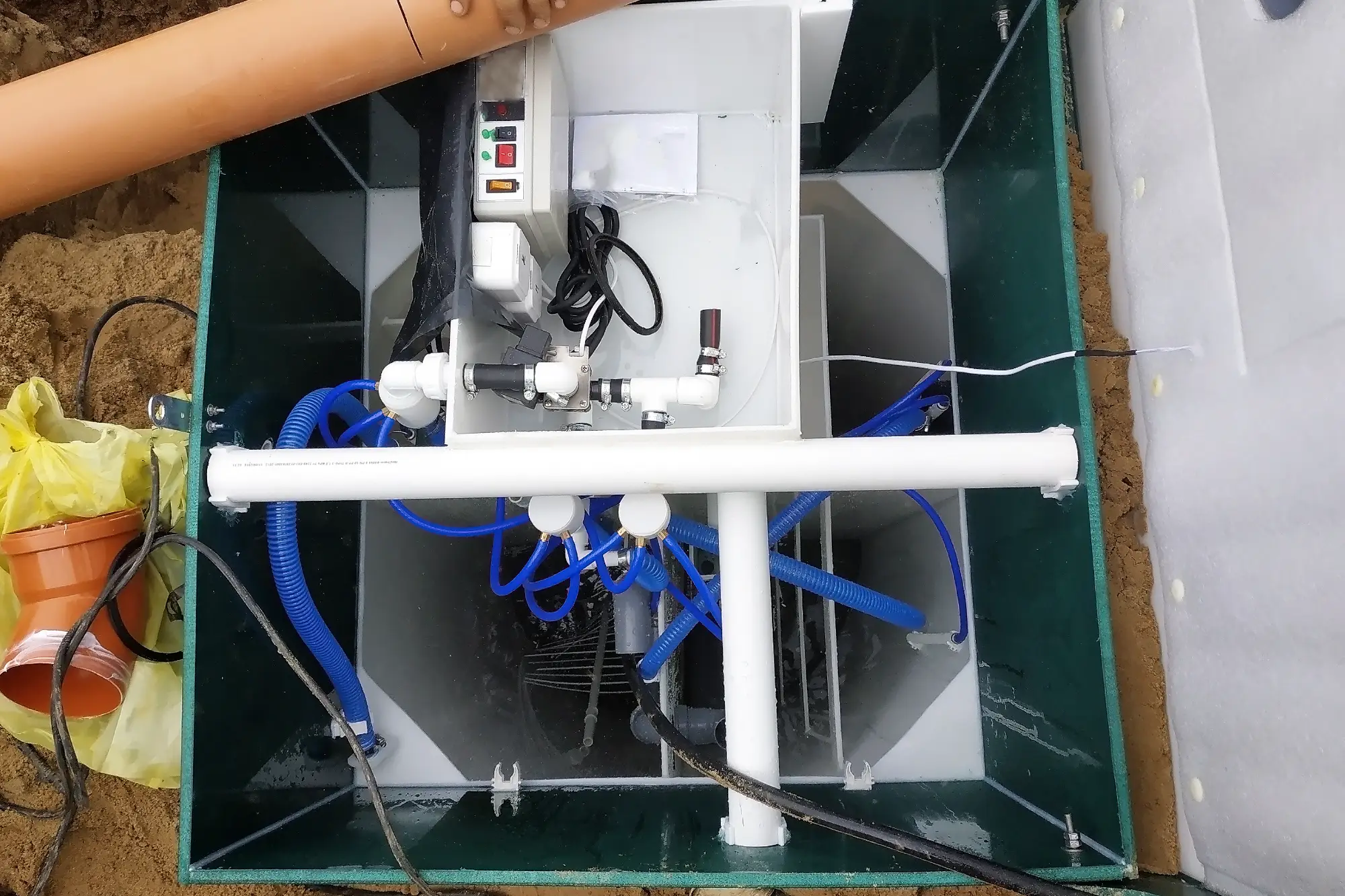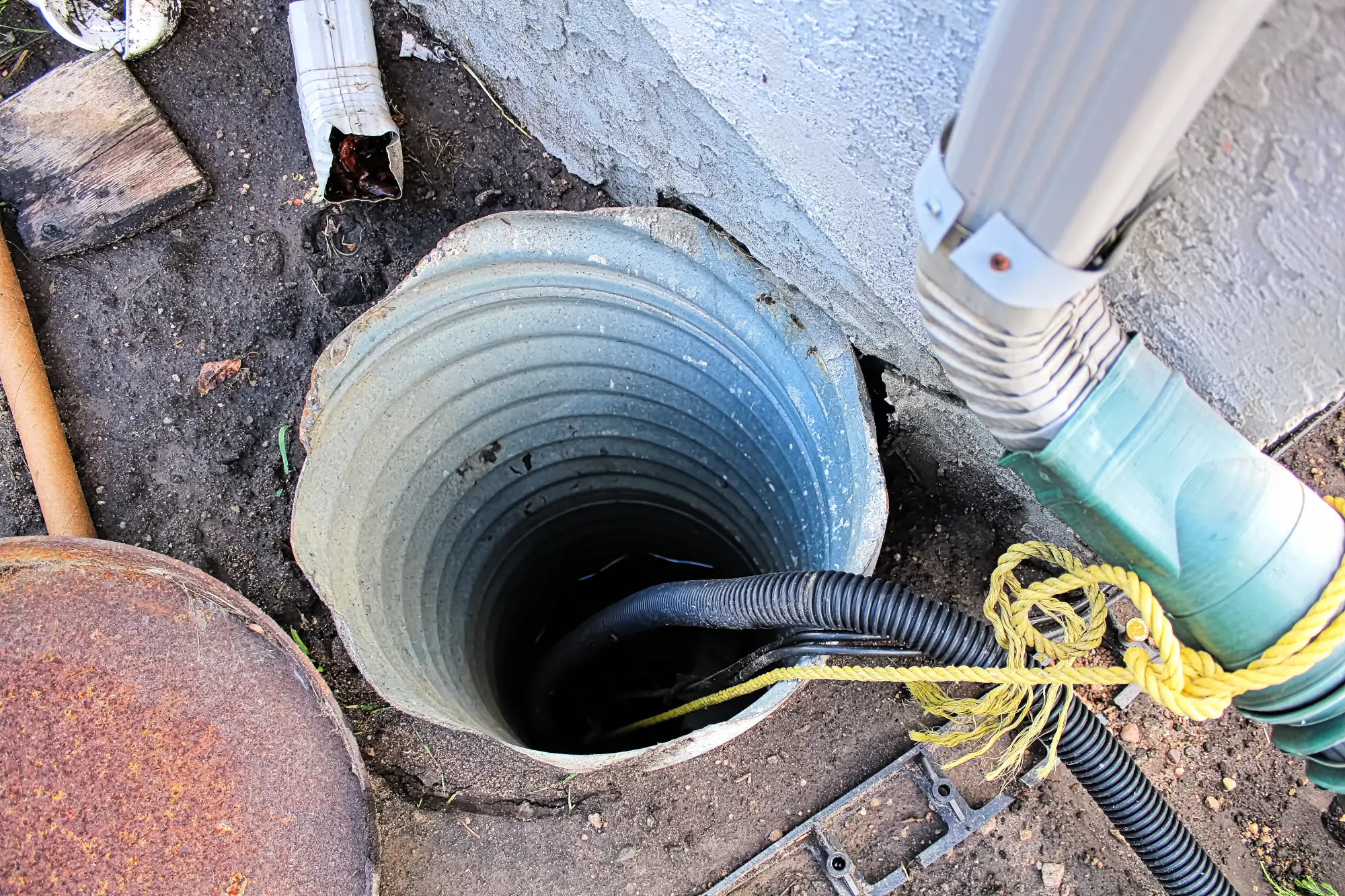Sump Pump Installation in Calverton, NY
Keep Your Basement Dry Year-Round
Custom sump pump systems designed for Long Island’s challenging water conditions and severe weather patterns.

Hear About Us

Reliable Basement Sump Pump Systems
You know that sinking feeling when heavy rain starts and you’re wondering if your basement will flood again. A properly installed basement sump pump system eliminates that worry completely.
Your finished basement stays dry. Your stored belongings remain safe. Your home’s value stays protected, and you can actually leave town during storm season without checking weather apps every hour.
The right sump pump installation means no more rushing downstairs during thunderstorms or dealing with water damage cleanup. It means your basement becomes a reliable part of your home instead of a constant source of stress.
Calverton Sump Pump Installation Company
Diamond Masonry & Waterproofing LLC has been solving basement water problems across Suffolk County for years. We understand how Long Island’s high water table and storm patterns affect your home.
Every sump pump installation we complete accounts for local soil conditions, typical rainfall patterns, and the specific challenges that come with living this close to the water. We’re not a national franchise following a generic playbook.
When you call us, you’re working with contractors who live here too and have seen every type of basement water problem Calverton homes face.

Professional Sump Pump Installation Process
We start with a basement assessment to determine the right pump capacity and placement for your specific situation. Every home is different, and cookie-cutter solutions don’t work for Long Island’s varied water challenges.
Next, we excavate the sump pit at the lowest point of your basement floor, install proper drainage tile if needed, and set up the pump system with appropriate discharge piping. We make sure water flows away from your foundation, not back toward it.
Finally, we test the entire system thoroughly and show you how everything works. You’ll know exactly how to maintain your new basement sump pump system and what to watch for over time.

Ready to get started?
Explore More Services
About Diamond Masonry & Waterproofing
Get a Free Consultation
Complete Basement Protection Solutions
Your sump pump installation includes everything needed for reliable basement protection. We install high-quality pumps sized correctly for your home, backup battery systems for power outages, and proper discharge systems that won’t freeze or clog.
We also address common Calverton basement issues like inadequate drainage around the foundation or water entry points that could overwhelm even the best sump pump system. Sometimes the solution involves waterproofing work alongside pump installation.
Every installation comes with clear maintenance instructions and emergency contact information. You’re not left wondering what to do if something goes wrong during the next big storm.

How do I know what size sump pump I need for my basement?
What happens if the power goes out during a storm?
How often do sump pumps need to be replaced?
Can I install a sump pump myself or do I need a professional?
Where does the water go when my sump pump runs?
How much does sump pump installation cost in Calverton?
Local Resources
- Google Map Link
- Find the Calverton, NY USPS
- Locate Nearby Calverton, NY Pharmacies
- View the Current Weather in Calverton, NY
- Calverton, NY is located in Suffolk county in New York State